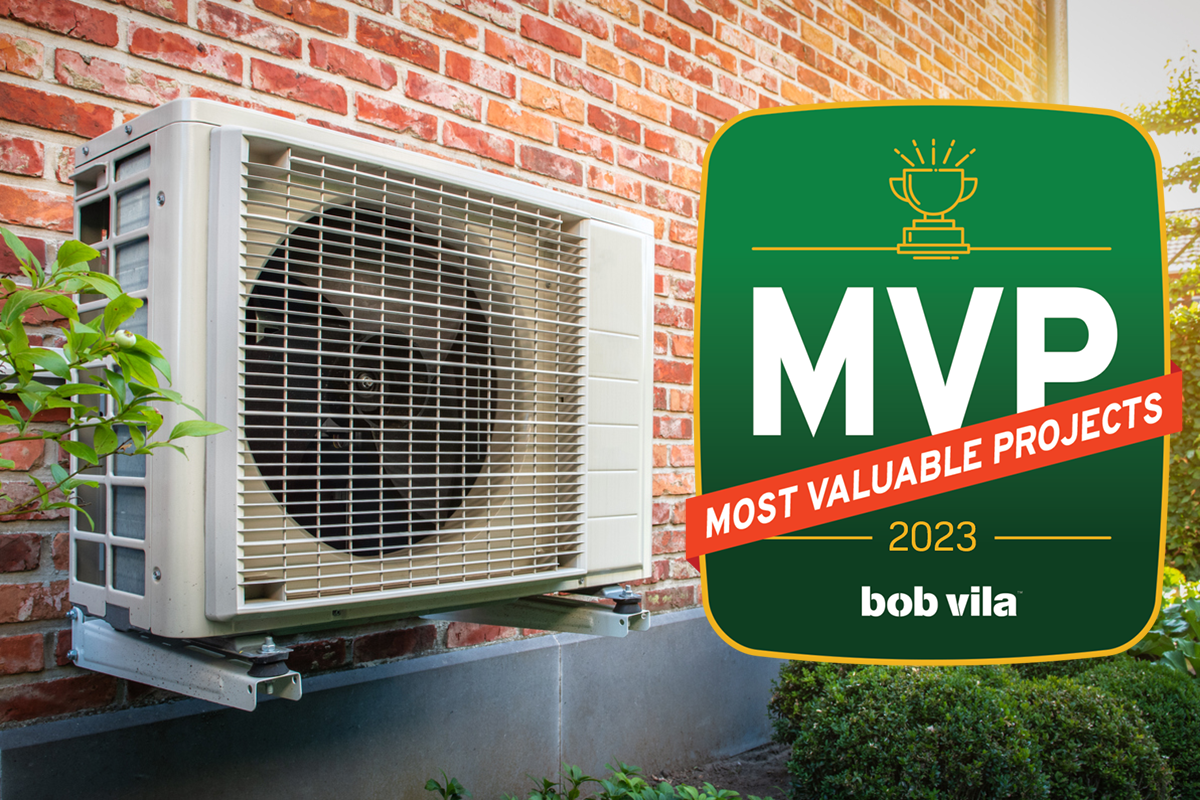We may earn revenue from the products available on this page and participate in affiliate programs. Learn More ›
This is the first installment of Bob Vila’s Most Valuable Projects of 2023, a month-long series featuring high-ROI home improvements on energy efficiency, sustainable kitchens, rooftop solar, and emergency preparedness. Each week, we’re pulling from our vast library of informational content, vetted shopping guides, and connections to industry professionals to present primers on the top projects to take on this year.
Upgrading to a more efficient HVAC system, adding insulation, and installing better windows and doors have for a long time offered some of the best return on investments for homeowners. Now, with the opportunity to earn tax credits from the government and even rebates from utility companies for many of these upgrades, there’s never been a better time to invest in improving the energy efficiency in your home.
With the passage of the Inflation Reduction Act in 2022, the government will contribute thousands of dollars to many upgrades that improve the energy efficiency of your home. In 2023, you can earn up to $3,200 in tax credits, according to the IRS.
That’s not all. Many utility companies, looking for ways to take pressure off their strapped electrical grids, are offering hundreds of dollars in rebates for these same projects. Combined, these programs reduce the cost for homeowners, upping your ROI. In fact, you can even receive an ROI that exceeds 100 percent for some projects that make your home more energy efficient, according to the Remodeling 2023 Cost vs. Value Report.
Ready to take advantage of these incentives to make your home more energy efficient? Ahead, we’ve put together a collection of product guides, informational articles, and cost estimates so you can get started.
Heat Pump
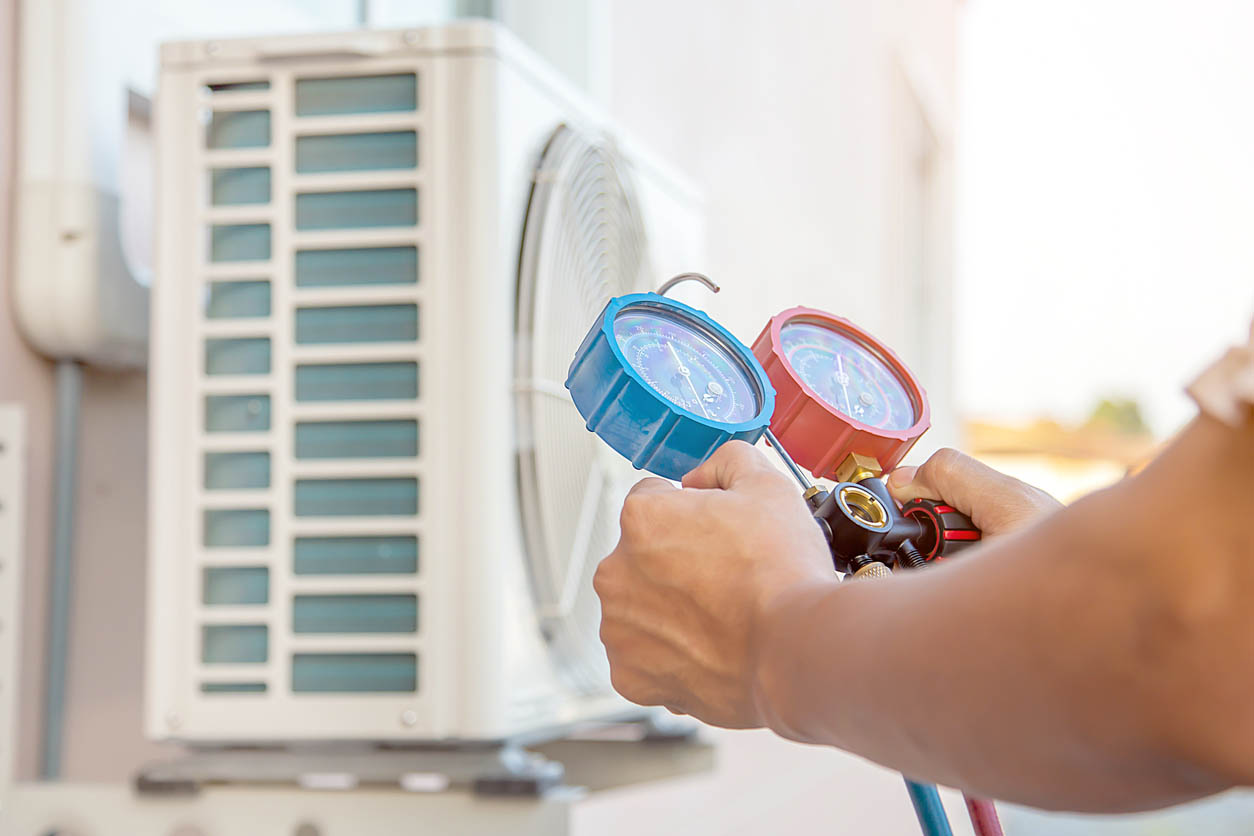
These versatile HVAC units can both heat and cool your home, eliminating the need to invest in both a furnace and an air conditioner. They’re vastly more efficient than furnaces (you can cut heating costs by 50 percent or more when switching from a furnace to an electric heat pump). Best of all, if you install a heat pump in your home, you can take advantage of tax credits and utility company rebate programs. As part of the Inflation Reduction Act, you can get a tax credit of up to $2,000 for a heat pump installation. Utility company incentives vary by location, but many offer them toward the purchase of a high-efficiency heat pump.
It’s crucial to choose the right size and brand of heat pump for your home and consider the costs of installing one when embarking on this upgrade. The guides below will help you do your homework, so you can get the most out of a new heat pump system.
MORE ON HEAT PUMPS:
➤ Important Things to Know About Residential Heat Pumps
➤ Heat Pump vs. Furnace
➤ The Average Cost to Install a Heat Pump
➤ The Best Heat Pumps of 2023
Mini-Split
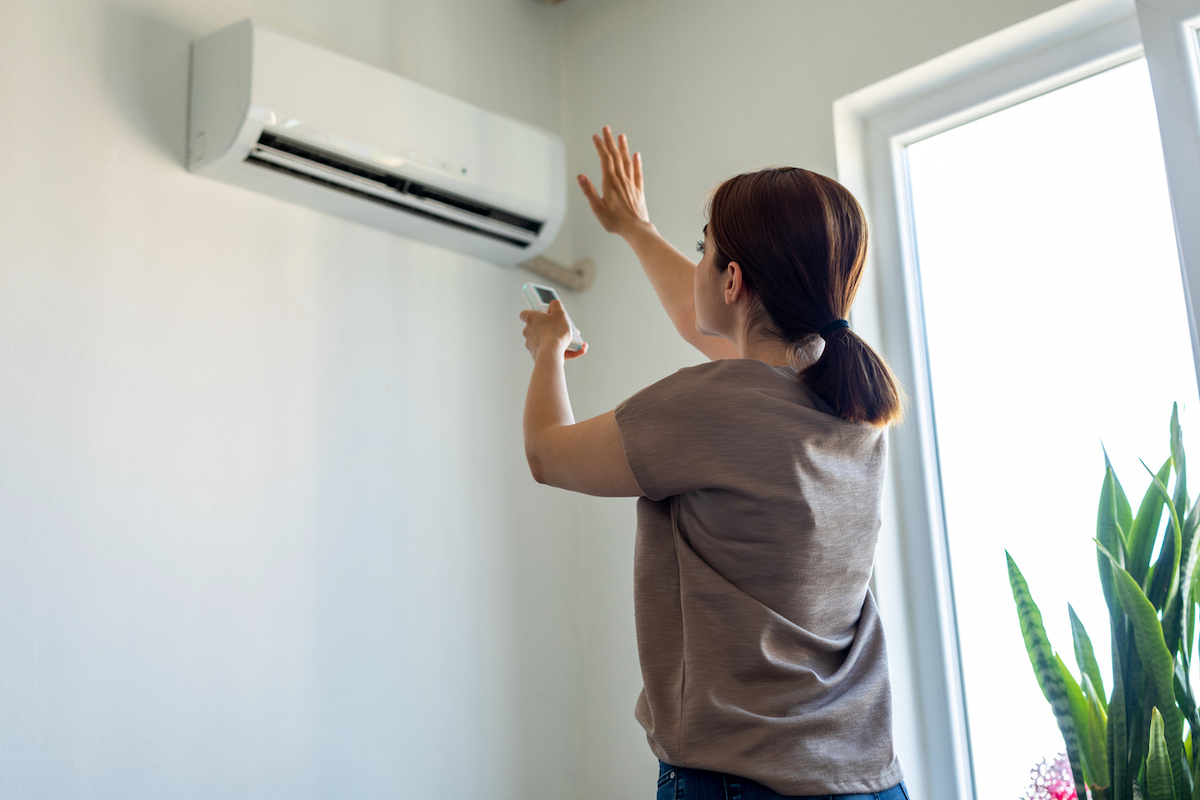
Not only is a mini-split heat pump a great option if you happen to live in an older home that lacks ductwork, it’s also one of the most energy efficient ways to cool a home. That’s because their split design, which consists of an outdoor unit that houses the condenser and an indoor unit that serves as the blower, works so efficiently. There’s no ductwork with a mini-split system, so there’s very little hot or cold air loss from unit to room.
What’s more, since each room gets its own blower and thermostat, you can program your system so you’re only cooling the parts of the home you’re using. Given those features, it’s little wonder why mini-split systems have some of the highest efficiency ratings of any HVAC system, and why the government will contribute up to $2,000 for you to install a ductless heat pump. That said, mini-splits aren’t right for every home, so it’s important to research whether this HVAC upgrade is a good investment for you.
MORE ON MINI-SPLITS:
➤ What Size Mini-Split Do You Need?
➤ The Average Cost to Install a Mini-Split
➤ The Best Ductless Air Conditioners of 2023
Wood-Burning Stove
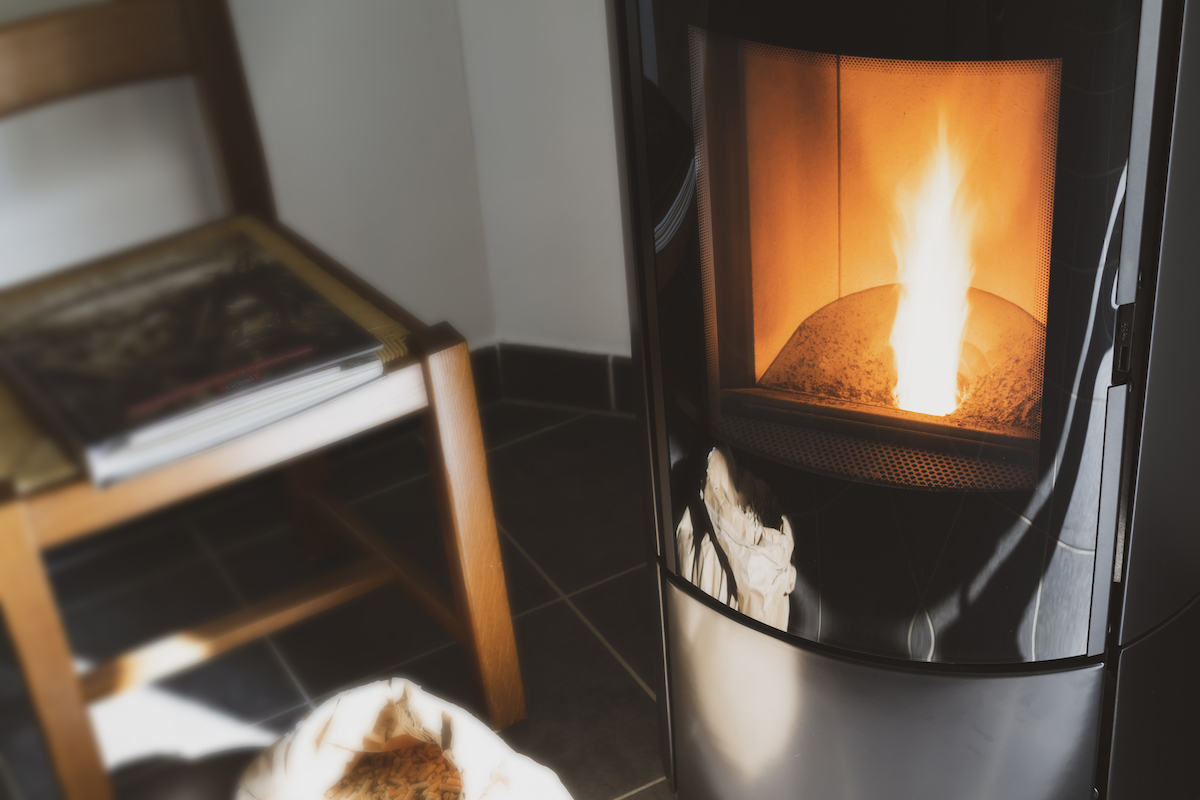
Consider going old school with your heating system. The wood-burning stove may be 500-year-old technology, but it’s still one of the most efficient ways to heat a home. That’s because newer biomass pellet stoves put more heat in the home and less up the chimney. This form of heating is also eco-friendly, as it uses a sustainable resource and doesn’t involve the burning of fossil fuels. And since a wood-burning stove is off the grid, you don’t have to worry about being without heat in the event of a power outage.
You can install a wood-burning stove for under $1,000 and cut your heating bill significantly, depending on how you get your wood. And, like heat pumps, biomass stoves with thermal efficiency ratings of at least 75 percent qualify for tax credits up to $2,000. While wood-burning stoves don’t make sense for all homes, they can be an effective option for heating smaller ones.
MORE ON BIOMASS STOVES:
➤ Heating a Home With a Wood Stove
➤ Pellet Stove vs. Wood-Burning Stove
➤ The Best Pellet Stoves of 2023
➤ The Average Cost to Install a Wood Stove
Insulation
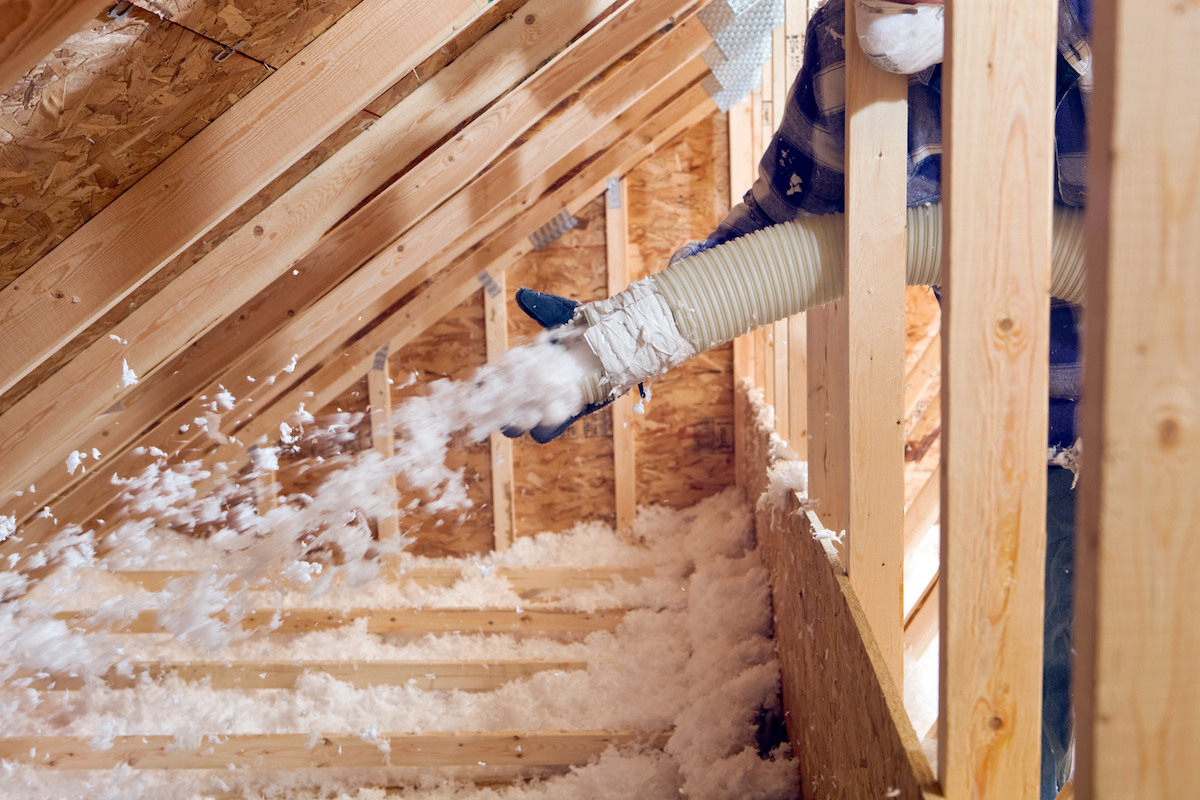
Upgrading insulation, even if you live in a newer home, has the potential to give you a great ROI on your utility bills. Plugging gaps in your home around such features as your attic hatch, recessed lighting, soffits, and registers can have a significant impact on your energy bill. Another simple yet effective upgrade involves adding fiberglass or blown-in insulation to what’s already present in your attic. You can also improve the insulation in the floor by sealing off your crawl space and adding insulation to the floor.
Is the effort worth it? According to the Environmental Protection Agency (EPA), you can save approximately 15 percent on heating and cooling costs by adding to the insulation in your attic, floor, basement, and crawl space. Plus, the government will contribute up to $1,200 on new insulation, and you can even get rebates from some utility companies.
MORE ON INSULATION:
➤ 10 Types of Insulation All Homeowners Should Know
➤ The Average Cost to Install Insulation
➤ The Best Attic Insulation of 2023
➤ Is Spray Foam Insulation Worth It?
Exterior Doors and Windows
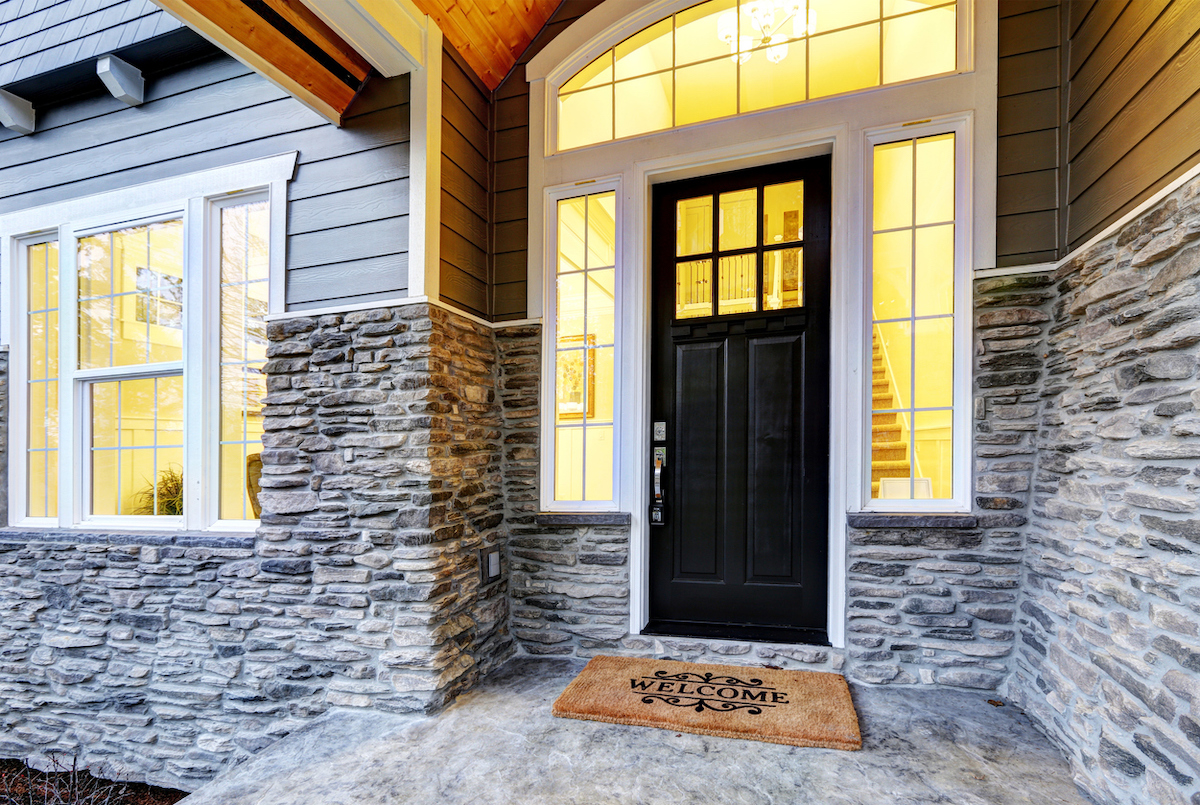
Double-pane windows and insulated exterior doors are another way to improve the energy efficiency of your home, especially if you live in a colder climate. In fact, The EPA’s Energy Star program estimates that you can save between $101 and $583 a year in heating and cooling costs by replacing old single-pane windows with new Energy Star-rated double-pane windows.
You can expect similar savings by replacing an old wooden door with insulated steel or fiberglass doors. While those savings can make these projects attractive, replacement windows and doors don’t come cheap. The good news is that investing in any of these door and window upgrades can pay you back in energy savings, tax credits, and equity in your home.
MORE ON DOORS AND WINDOWS:
➤ Fiberglass vs. Steel Doors
➤ Wood vs. Vinyl Windows
➤ The Average Cost of Double-Pane Windows
➤ The Best Skylights of 2023

